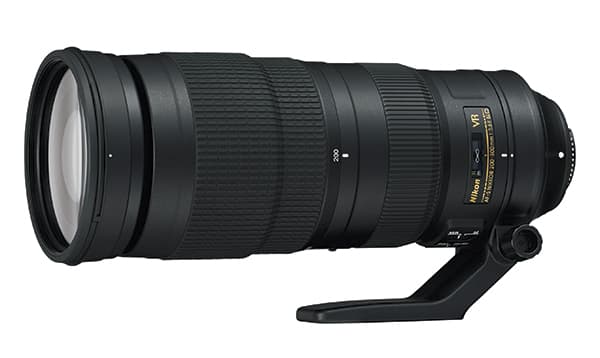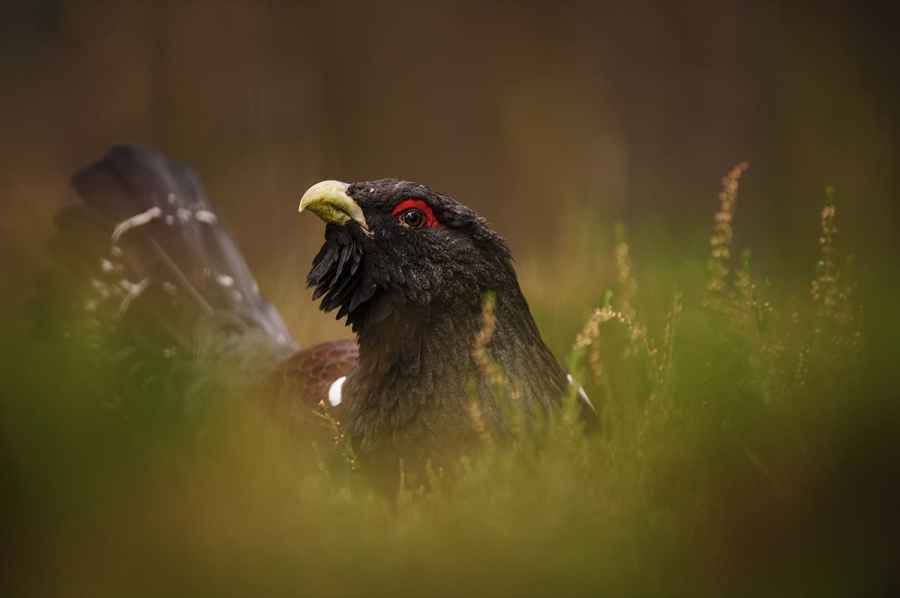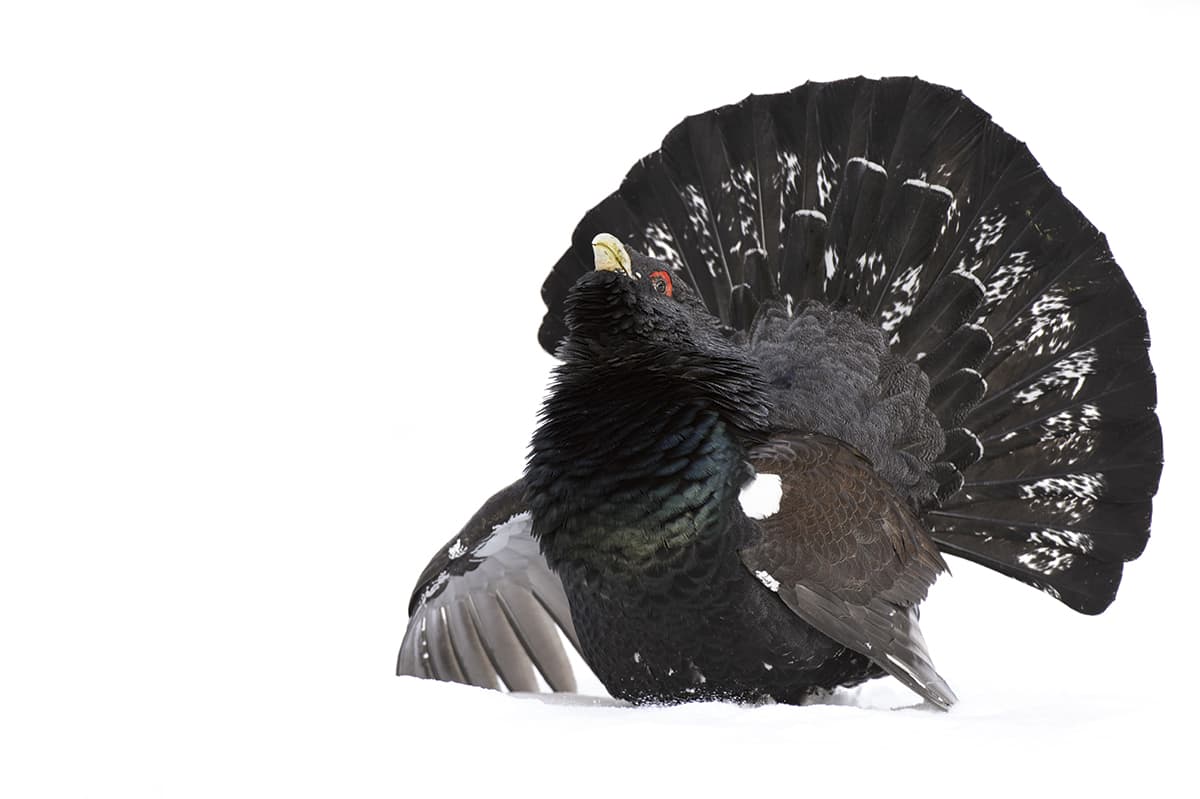Wildlife Watch: Capercaillie are usually sedentary and shy, avoiding contact with people. They spend a great deal of time foraging for food on the floor or in trees where they also roost. Occasionally, so-called ‘rogue’ males will actively and aggressively seek out any person who enters their territory.
Habitat
Capercaillie are adapted to a habitat dominated by old coniferous forests with a dense covering of ground vegetation that is predominantly heather and blueberry. Ideally, the woodland will have a canopy that allows light to penetrate through the trees. Ground vegetation provides nutrition as well as cover from predators and adverse weather.
History
Capercaillie were once found throughout the native pinewoods of Scotland, Northern England, Ireland and Europe, but as a result of deforestation, climate change and hunting they became extinct in England during the 17th century and in Scotland in 1785. They were successfully reintroduced into Scotland from 1837 and in the early 1970s there was an estimated population of 20,000. However, current numbers are approximately 2,200. Capercaillie now face extinction in Scotland for the second time and numbers have also fallen across their surviving ranges in northern and central Europe.
Breeding and lekking
The capercaillie breeding season starts at the beginning of March and lasts until June. The majority of this time is taken up with male birds lekking (engaged in territorial displays at leks) from the beginning of March until the middle of May.
If there is more than one male bird present at a lek, confrontation between the males will determine the dominant or alpha male. The alpha male will mate with the females when they arrive at the lek from mid-April until mid-May. Capercaillie hens are then on ground nests from mid-April to mid-June. The young chicks are particularly vulnerable as they are unable to maintain a stable body temperature without the hens during their first few weeks.
Capercaillie and the law
Capercaillie are protected under law. It is an offence to disturb any capercaillie while it is lekking. It is also an offence to disturb any capercaillie nest or brood. Given their endangered status and their sensitivity to disturbance, capercaillie should not be photographed in Scotland during the breeding season (unless a licence has first been obtained). To do so may be an offence.
Best time to shoot
The best times to photograph capercaillie are in January and February when the males are at their best, before the breeding season starts. With changeable weather conditions in January and February in Scotland, these months offer great opportunities to create a wide range of images. As mentioned, these birds should not be photographed during their breeding season unless you have a licence to do so.
Shooting advice
Rogue males
There have been several well-known rogue male capercaillie in Scotland over the past few years, which have attracted a lot of attention from photographers and bird watchers. I have been fortunate to photograph two of these birds in different locations and conditions. Both males actively and aggressively approached any person who entered their territory and displayed to them as if they were a rival male.
When a rogue male approached me, I backed off and let him display and assert his dominance over me. He then accepted my presence in his territory and I was able to photograph him without causing any disturbance. Having been accepted into his territory, I watched with amusement as the bird sought out any new intruder, even sneaking up behind an unsuspecting mountain biker who had stopped to watch and biting him on an exposed leg.
Low light levels
Shooting in coniferous woodland in winter can present challenges due to low light levels. As you have to photograph capercaillie where you find them and where they want to go, do not be afraid of photographing at high ISO settings if the light is low. Modern DSLRs have fantastic high ISO performance. It is always better to get a noisy image than a blurred one, and any undesirable noise can be dealt with in post-processing.
Snow
Male capercaillie are very dark, and if you are fortunate to have snow on the ground exposure can be tricky, especially in bright conditions. By using your DSLR’s histogram you can check for clipping of the blacks and whites, and adjust the exposure accordingly. Using manual exposure, you can lock the exposure at the desired setting.
Kit List
Clothing

Shooting in remote locations with unpredictable winter conditions is challenging. Use waterproof clothing that can be layered and ventilated.
Fast telephoto

A fast telephoto lens (f/2.8-f/5.6) will allow you to photograph at lower light levels. Use a telephoto zoom with a long range of focal lengths.
About the capercaillie
The capercaillie is one of Scotland’s most iconic species. The largest member of the grouse family, its native habitat is the pinewoods that once covered much of Scotland.
Location: The surviving capercaillie population can now only be found in a few small areas of native pinewoods and commercial conifer plantations in Scotland. One particular stronghold is Speyside.
Size: Adult males are 75-95cm and weigh 4-5kg. Adult females are 55-65cm and weigh 2kg.
Diet: Berries, shoots and stems. After hatching, young capercaillie eat insects associated with bilberry plants.
Sounds: The sound of a male capercaillie is unmistakable – a series of clicks, gurgles and bellows that sounds like water running through old metal pipes.
Population: Population Approximately 2,200 in Scotland.











